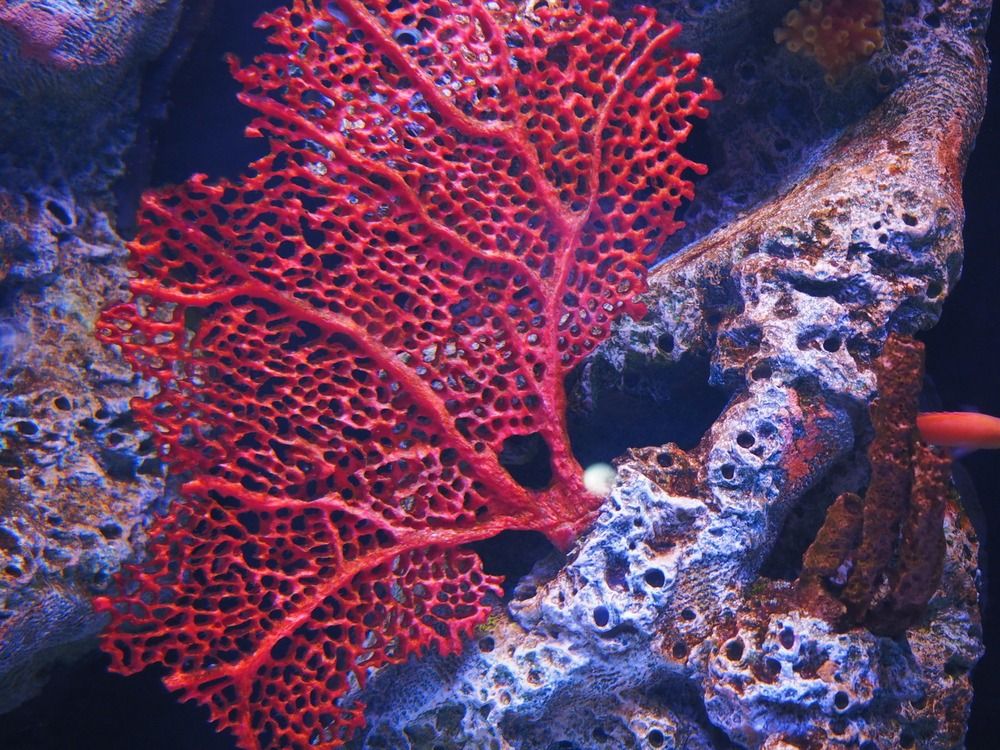Coral sex conceives new growth for Great Barrier Reef
By Dan Drollette Jr | December 21, 2017
 Image courtesy of Shutterstock
Image courtesy of Shutterstock
A little over a year ago, a researcher at the Australian Institute of Marine Science wrote an article for the Bulletin (“A changing climate for coral reefs”) about some of the problems facing the famed Great Barrier Reef—including rising ocean temperatures, silt and fertilizer runoff, and increasing acidification—that can lead to coral bleaching and coral death. (About 30 million people are entirely dependent on coral reefs for their homes, as the reefs form the bases of islands and atolls. Another 500 million need reefs as a source for food, income from fishing and tourism, and coastal protection.) Things have not gotten much better, as the reef suffers from what some call an “unprecedented second straight year of coral bleaching.” As the Bulletin subsequently noted, the El Niño of 2014-2016 and global warming delivered a one-two punch that led to 20 percent of the Great Barrier Reef dying and 90 percent being damaged.
A number of ideas have been making the rounds as to how to save the reef; some sound pretty extreme. But a South China Morning Post report highlighted something more promising a few weeks ago. That report said Australian scientists have managed to successfully transplant coral bred in one part of the Great Barrier Reef into another area, in a process they hope could eventually be used to restore damaged marine ecosystems around the world. The pioneering technique involves collecting large amounts of coral spawn and coral eggs, growing them into millions of larvae, and then transferring the young coral onto patches of damaged reef in underwater mesh tents. It doesn’t fix the underlying problems that caused the bleaching or death in the first place, but could offer hope of re-seeding areas—assuming temperatures can go down and acidification is dealt with.
“The success of this new research not only applies to the Great Barrier Reef but has potential global significance,” said lead researcher Peter Harrison, director of the Marine Ecology Research Centre at Southern Cross University. Harrison said his mass larval-restoration approach contrasts with the current “coral gardening” method of breaking up healthy coral and sticking healthy branches on reefs in the hope they will regrow or growing coral in nurseries before transplantation.
Publication Name: South China Morning Post
To read what we're reading, click here
Together, we make the world safer.
The Bulletin elevates expert voices above the noise. But as an independent nonprofit organization, our operations depend on the support of readers like you. Help us continue to deliver quality journalism that holds leaders accountable. Your support of our work at any level is important. In return, we promise our coverage will be understandable, influential, vigilant, solution-oriented, and fair-minded. Together we can make a difference.
Topics: Climate Change, Special Topics, What We’re Reading















